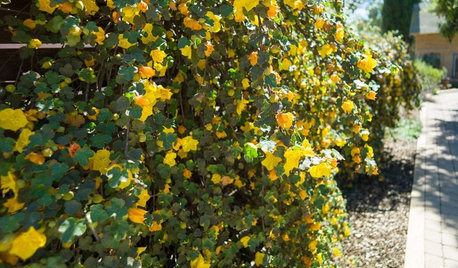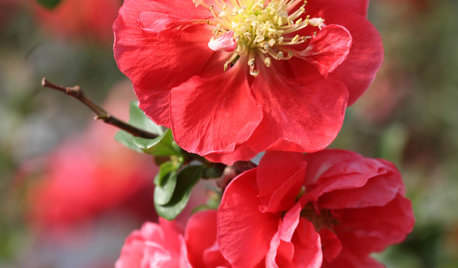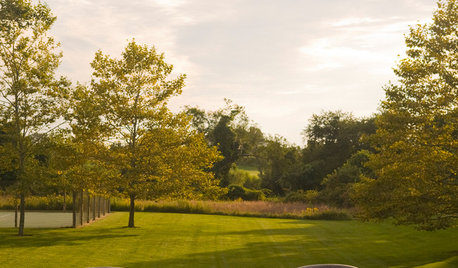BADLY compacted Ficus Benjamina - How Agressive Can I Root Prune?
JakeDiamante
12 years ago
Featured Answer
Sort by:Oldest
Comments (8)
tapla (mid-Michigan, USDA z5b-6a)
12 years agolast modified: 9 years agoJakeDiamante
12 years agolast modified: 9 years agoRelated Professionals
Leawood Landscape Architects & Landscape Designers · Sahuarita Landscape Architects & Landscape Designers · Darien Landscape Contractors · Lantana Landscape Contractors · Ramsey Landscape Contractors · Cape Coral Decks, Patios & Outdoor Enclosures · Dayton Decks, Patios & Outdoor Enclosures · Marlboro Decks, Patios & Outdoor Enclosures · Candler-McAfee Fence Contractors · Aliso Viejo Fence Contractors · Kansas City Fence Contractors · Pensacola Fence Contractors · Van Nuys Fence Contractors · Savage Fence Contractors · Winchester Center Stone, Pavers & Concretegonebananas_gw
12 years agolast modified: 9 years agotapla (mid-Michigan, USDA z5b-6a)
12 years agolast modified: 9 years agoIvan Edgar Pratt
7 years agotapla (mid-Michigan, USDA z5b-6a)
7 years agotapla (mid-Michigan, USDA z5b-6a)
7 years ago
Related Stories

GARDENING GUIDESTidy Up Sprawling Native Shrubs With These Pruning Tips
Sound horticultural pruning methods work for native and nonnative plants alike
Full Story
ARTThe Beauty of Bonsai — Living Art, Rooted in Harmony
Create your own emblem of nature's balance with an art form dating back 1,000 years
Full Story
GARDENING AND LANDSCAPINGGive Your Compact Patio Some Major Style
11 ideas and examples to take your outdoor room from snoozefest to stellar
Full Story
LANDSCAPE DESIGNSmall Garden? You Can Still Do Bamboo
Forget luck. Having bamboo that thrives on a wee plot just takes planning, picking the right variety, and keeping runners in check
Full Story
HOUSEPLANTS8 Houseplants You Can't Kill
They're forgiving and let you forget. Houseplants don't get any easier than this
Full Story
FALL GARDENING5 Fall Fruits You Can Grow in Containers
Brighten your porch or patio with a potted pomegranate, kumquat, blueberry bush or another great fall fruit
Full Story
WINTER GARDENINGCalifornia Gardener's January Checklist
Winter-defying blooms and pruning saws earn a cheer, while California-focused gardening design books get a well-deserved shout-out
Full Story
LANDSCAPE DESIGNHouse, Meet Landscape: How Integrated Gardens Came to Be
Trace the roots of union between home and the great wild to get ideas for merging the two on your own homesite
Full Story
GARDENING GUIDESHow to Keep Your Trees Healthy
Ensure your trees’ vigor for years to come with these tips for protecting roots, watering effectively and more
Full Story
HOUSEPLANTS8 Essentials for Healthy Indoor Plants
Houseplants add so much to our homes — and can thrive when grown in the right conditions. Keep these tips in mind
Full StoryMore Discussions






Ivan Edgar Pratt